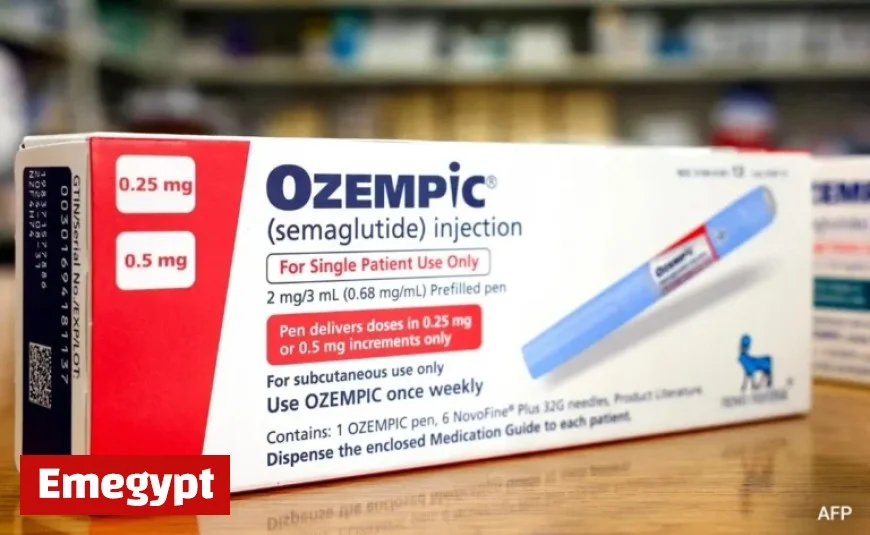India’s Ozempic Dilemma: Wealthy Thrive, Poor Receive Lectures

India is facing a growing public health challenge, primarily due to a rising number of diabetes cases. Currently, around 90 million adults in India are living with diabetes, making it the second-largest diabetic population globally, just after China. The incidence of obesity is alarming, with nearly 25% of Indian adults classified as obese and over 40% of women affected by abdominal obesity. These health issues contribute to increasing rates of heart disease, stroke, and kidney failure.
Ozempic: A Potential Solution
In September 2025, the Central Drugs Standard Control Organisation (CDSCO) approved Ozempic, a semaglutide injection developed by Novo Nordisk, for adults dealing with type-2 diabetes poorly managed by diet and exercise. This treatment is expected to hit the market in December, priced between ₹10,000 and ₹20,000 per month. Ozempic aims not only to effectively manage blood sugar levels but also to promote weight loss and provide cardiovascular protection.
The Innovation Behind Ozempic
Owing to decades of research and a supportive environment for pharmaceutical innovation, semaglutide emerges as a valuable option for diabetes management. This highlights the importance of encouraging investment in drug development. A streamlined regulatory process that promotes quicker approvals and respects intellectual property rights would significantly benefit patients in India.
Understanding the Risks
Despite its advantages, Ozempic comes with side effects, including gastrointestinal issues such as nausea and vomiting, which may lead to treatment discontinuation in nearly 40% of users. More severe complications, like pancreatitis and gallbladder disease, have also been reported. While some weight loss from Ozempic may include lean muscle mass, the drug enables adults to make informed health decisions.
Regulatory Challenges
The emergence of a grey market in India for unregulated Ozempic doses indicates that excessive regulation drives patients to seek unsanctioned alternatives. True safety in healthcare should protect consumer choices rather than impose limitations. An imbalanced regulatory environment risks creating an epidemic of malnutrition alongside existing obesity issues.
Access and Economics
At its current price, Ozempic is unaffordable for many Indians. Insulin remains significantly cheaper at around ₹300 per vial. Furthermore, medical coverage through Ayushman Bharat does not extend to high-cost treatments, limiting access for most diabetes patients. While a privileged segment of society is turning to weight-loss pharmaceuticals, many rural diabetics are struggling to afford basic healthcare.
Global Insights for India
Globally, market-driven approaches have enhanced medical access without stringent price controls. For instance, the United States has patient-assistance programs, Brazil employs public-private partnerships for affordable healthcare, and Kenya uses digital health platforms to improve diabetes care funding. India could implement similar strategies to enhance access to treatments like Ozempic.
Future Directions
The patent for Ozempic is set to expire in March 2026, paving the way for Indian manufacturers like Dr. Reddy’s, Sun Pharma, and Cipla to produce generics. However, for this potential to materialize, the Indian government must alleviate regulatory bottlenecks and ensure transparency in drug approvals.
- Encourage competition among pharmaceutical companies
- Eliminate unnecessary regulations that delay access
- Empower consumers through informed choices and education
Bridging the Divide
Access to diabetes management drugs can significantly impact public health. If more affordable generics are introduced, clinics could provide treatments combined with nutrition counseling. Healthcare professionals could serve as stewards against misuse while promoting equitable access to diabetes medications.
The Path Forward
Ozempic signifies the intersection of health and innovation in India. It offers the chance to tackle diabetes and related conditions effectively. However, a more profound commitment to innovation and fair access is necessary to ensure that the benefits reach all demographics, not just the affluent. The choice rests with India: to empower its citizens through access or to maintain restrictive practices that deepen health disparities.





























